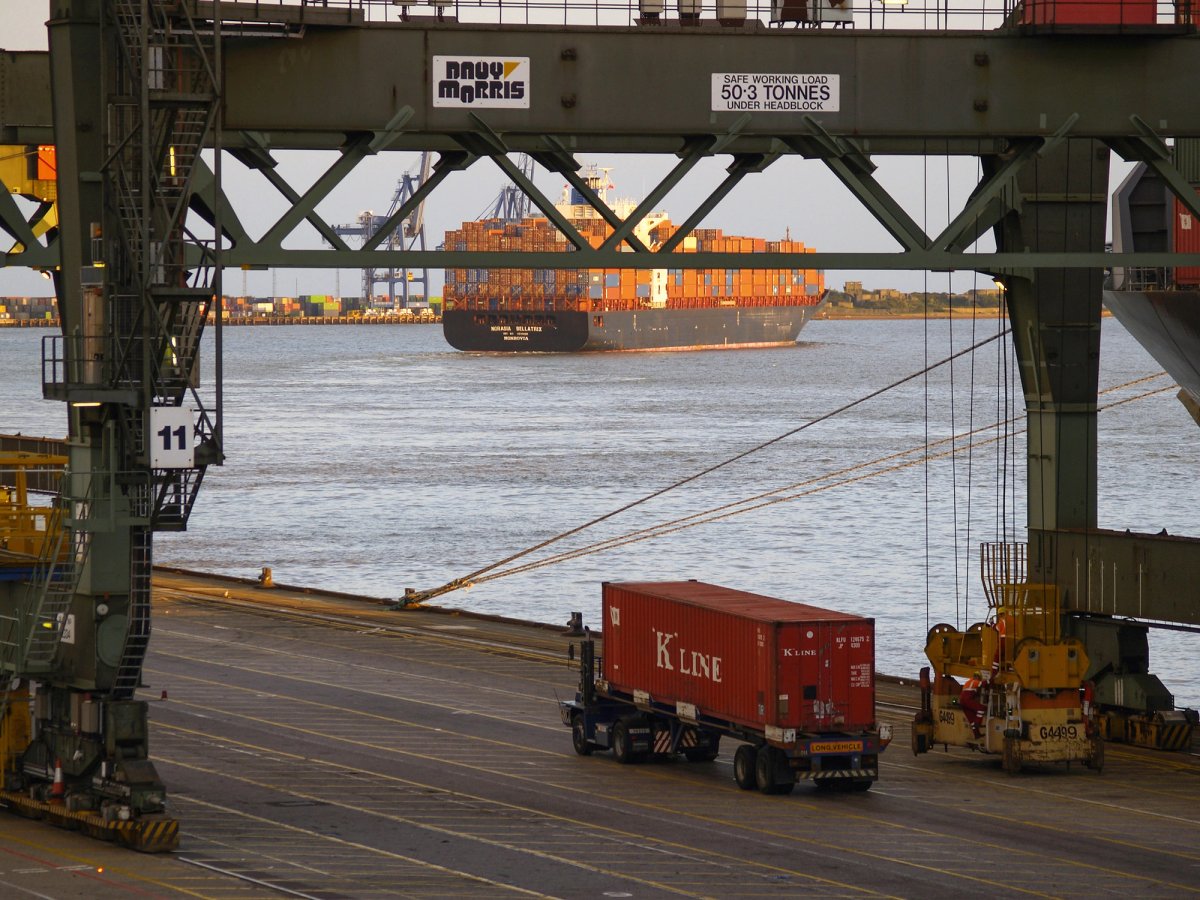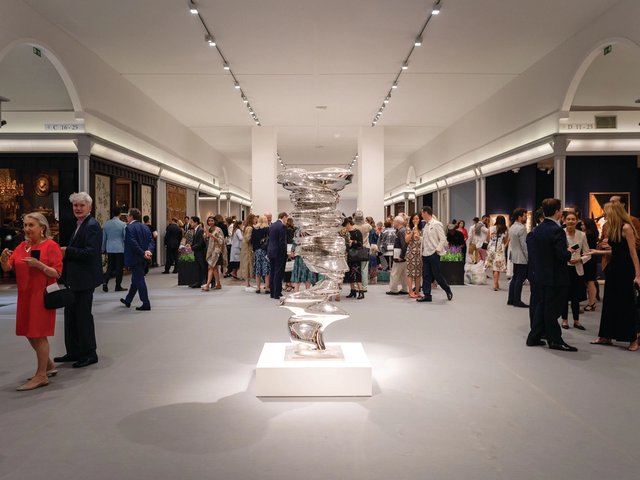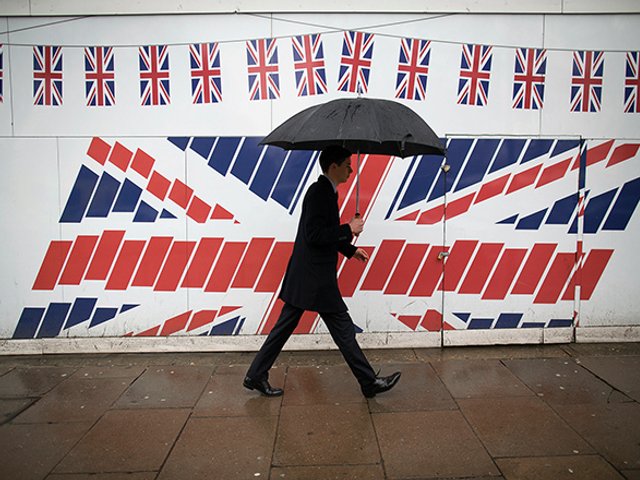The UK’s art trade is lobbying the government to simplify import and export procedures as official trade figures continue to plummet in the wake of Brexit and shifts in wealth towards Asia.
According to the latest United Nations figures, published in the Art Basel/UBS Survey of Global Collecting 2024 in October, the value of fine art and antiques imports to Britain fell by 16% year on year in 2023, taking its global share down to 7%. Compare this with 2010, when the UK’s share accounted for 30% of global imports. Hong Kong continues to pick up the slack, with a 9% increase in imports last year.
The value of exports from the UK also dropped by 16% last year—down an astonishing 60% since 2019, when its global share of exports was nearly on a par with the US. The UK now accounts for 15% of global exports (compared with 35% for the US, where the value of exports has stagnated). Hong Kong’s global share has expanded substantially from 2% in 2010 to 18% in 2023, surpassing the UK.
As the survey’s author and cultural economist Clare McAndrew points out, the UK’s 60% drop in exports in 2019 followed an “unusual” 70% spike in exports in 2018-19 as dealers and collectors sought to shift stock out of Britain ahead of the Brexit deadline. Nonetheless, taking a wider view, from 2018 to 2023, UK exports still fell by 32%, according to the UN Comtrade data. The figures from the UK’s HM Revenue and Customs show a similar picture: exports fell 27% between 2018 and 2023 (and imports fell 24% over the same period). McAndrew notes there are discrepancies over the exact size of the spike in exports in 2018-19.
China overtakes UK
While global imports and exports have tended to stagnate in a cooling market, the UK figures reflect more of a pronounced problem. According to the latest Art Basel/UBS Art Market Report, Britain’s total art market fell last year by 8% to $10.9bn, below 2019 levels and 15% lower than in 2013. Most notably, in the $10m-plus category, the UK’s trade dropped an astonishing 42% by value and 35% by volume, pushing it down from second to third place in global market share, behind China.
Martin Wilson, the chairman of the British Art Market Federation, points out that the UK remains one of the top three players in the global art market. “It is successful because it is an entrepot market, meaning that works of art are brought to the UK to be sold,” he says. But, for the UK to maintain and grow its share of the global art market, Wilson says it is “vital” that bringing works of art into and out of the UK “is at least as straightforward as it is in the US and Hong Kong”. He adds: “That is not the case at the moment, and we are in active discussions with the government over the simplification of our import and export procedures.”
McAndrew thinks that Brexit has been “detrimental to intra-EU trade”. Before Brexit, works were routinely imported to the UK and then shipped on to other European countries at no extra cost. But she also points out that European trade is “a minority of the share of total imports and exports reported”.
Instead, “shifts in global wealth and sales shifting to where the money is, which in this case has been Asia” are more likely to account for the UK’s losses, according to McAndrew. As she puts it: “The US has kept pretty steady, but the losses to the UK—and Europe generally—have been in the shift of sales and buying to Asia. Hong Kong has picked up the slack as it remains the key centre for international sales in Asia—a kind of freeport for Asia that remains, for now, an easy place to do business, with low or no import taxes or VAT and relatively easy import and export.”
While the number of countries exporting art has expanded significantly since 1990, when it was just 69, there was a decline from 151 to 103 in the number of places exporting art and antiques between 2019 and 2023. At the same time, the share of some centres has expanded slightly, including France, Switzerland and Singapore.





